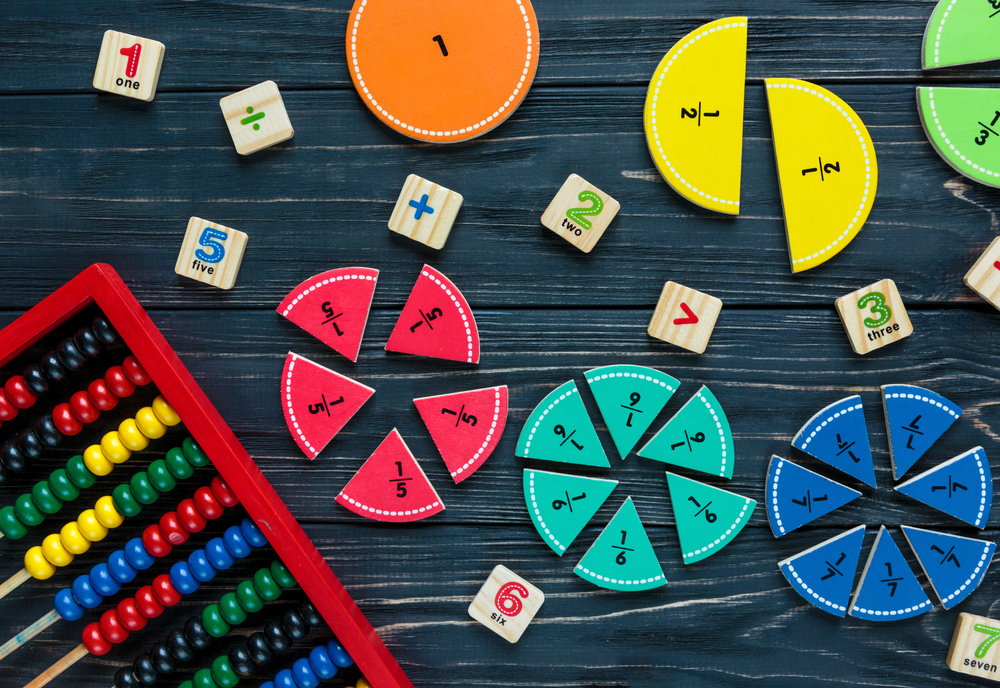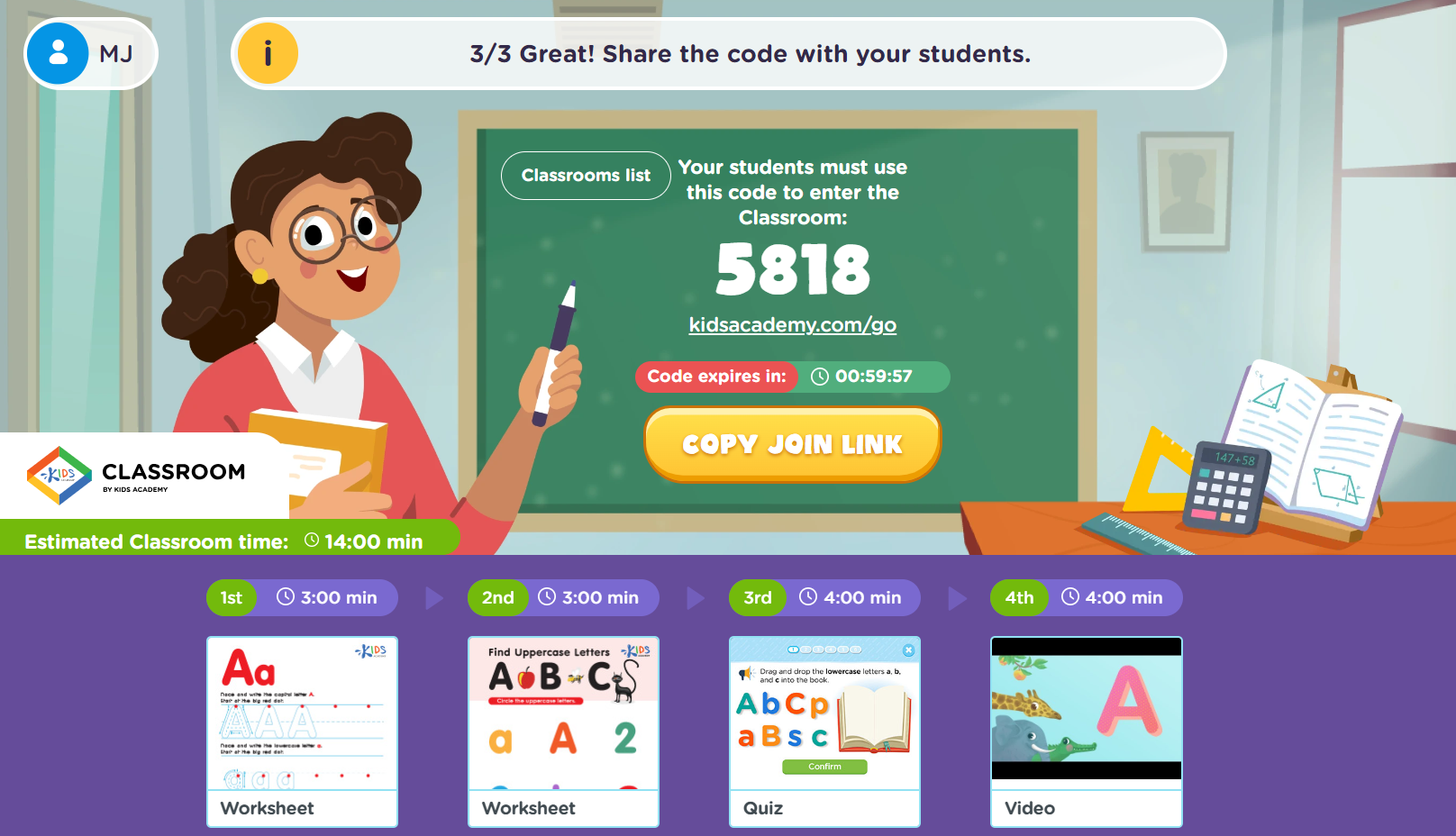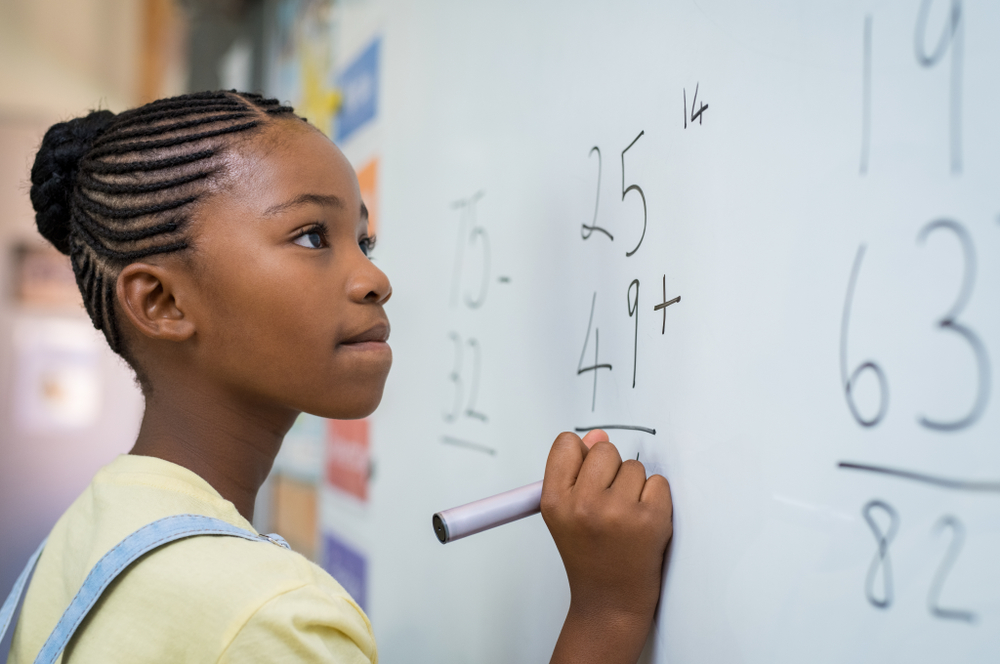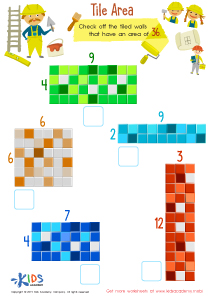Normal Comparison Worksheets for Ages 6-9
7 filtered results
-
From - To
Discover a world of fun learning with our "Normal Comparison Worksheets for Ages 6-9." Perfectly designed to stimulate young minds, these worksheets feature engaging activities that help children master concepts of size, quantity, and more. Each worksheet combines vivid illustrations with practical exercises to make comparison learning enjoyable and effective. Ideal for reinforcing math skills, these age-appropriate sheets support both at-home practice and classroom learning. Ensure your child’s math foundation is strong with our thoughtfully crafted worksheets that make learning comparisons simple and interactive. Let’s make math fun and accessible for every child!


Tall or Short and Long or Short? Worksheet
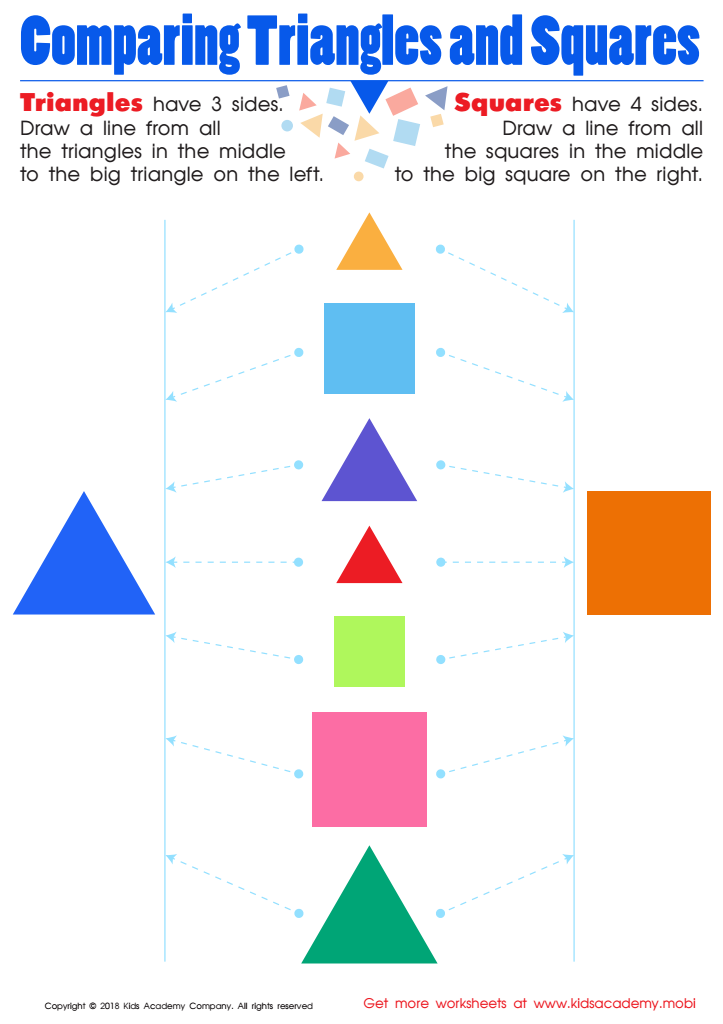

Comparing Triangles Squares Worksheet
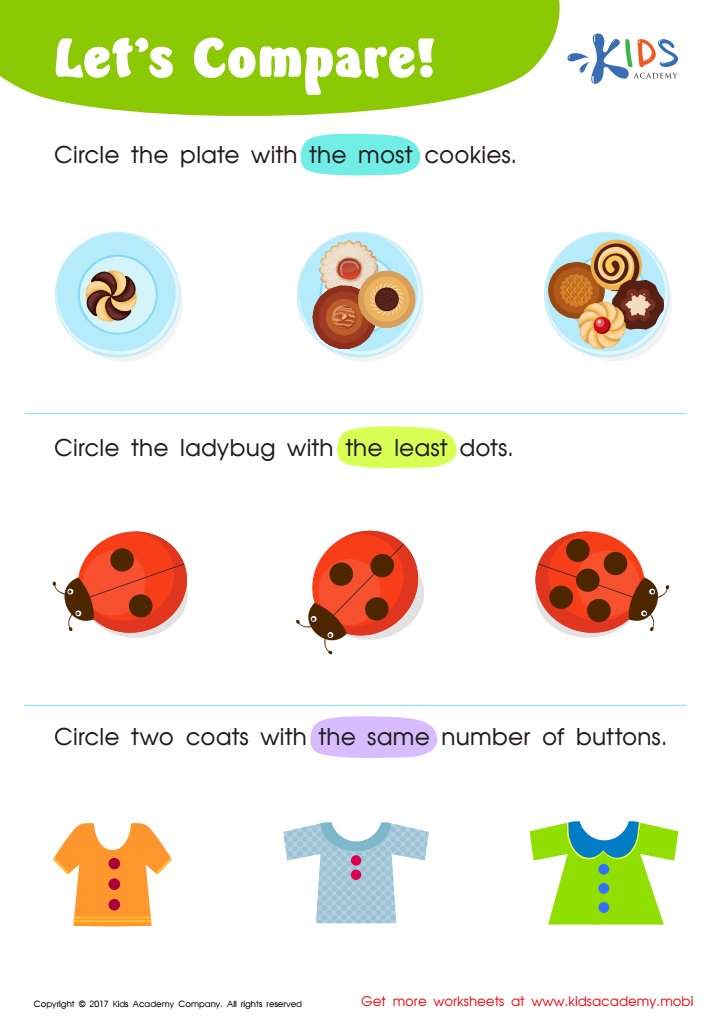

Matching: Classifying Toys by Size Worksheet


Matching: Classifying Toys by Size Worksheet
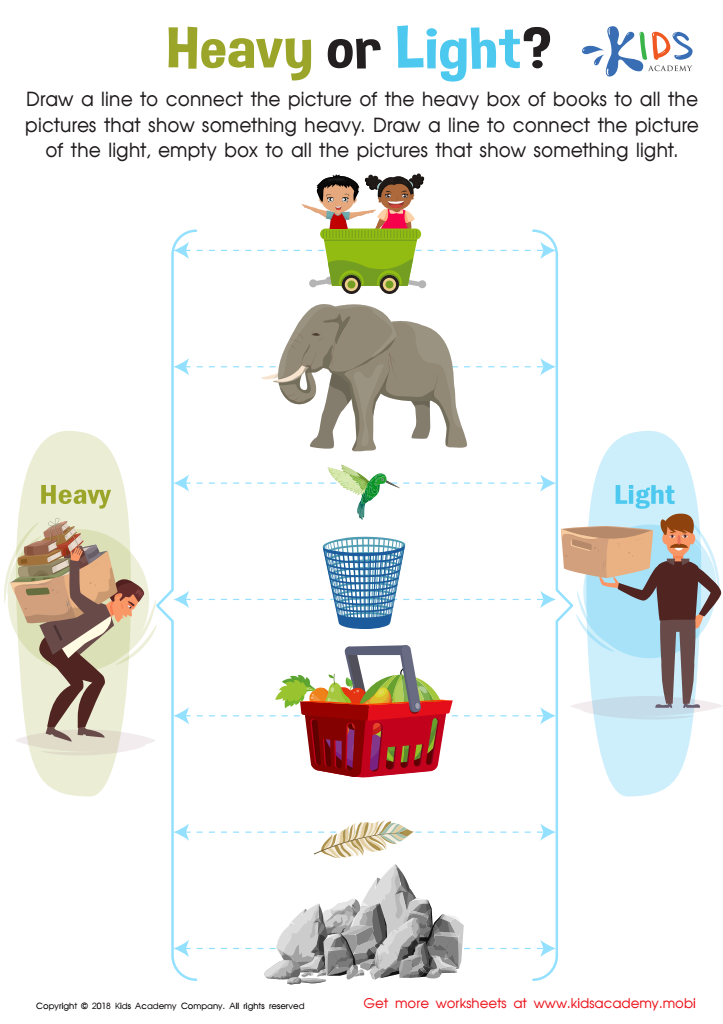

Heavy or Light? Worksheet


Silhouettes – Shapes Worksheet


Data: Assessment 1 Worksheet
Normal comparison is key for children aged 6-9 because it helps monitor their developmental progress and identify any specific needs early on. During these formative years, kids undergo crucial changes in cognitive, emotional, and physical development. By comparing a child's growth with typical benchmarks for their age group, parents and teachers can ensure they are on the right track.
For example, educational benchmarks at this age include reading proficiency, basic math skills, and the ability to follow simple instructions. If a child significantly deviates from these standards, early intervention can provide necessary support to address potential learning disabilities or developmental delays.
Similarly, social and emotional benchmarks like making friends, expressing feelings, and understanding social rules are essential indicators. Parents and teachers who pay attention to normal comparisons can foster better social skills and emotional well-being in children by recognizing and addressing struggles early.
Furthermore, maintaining a culture of awareness helps prevent extreme comparisons which can foster unhealthy competition or self-esteem issues. Instead, the focus remains on understanding and nurturing each child's unique needs within the normal range of development. In essence, regular, compassionate comparison offers a way to ensure every child receives the support necessary to thrive.
 Assign to My Students
Assign to My Students





